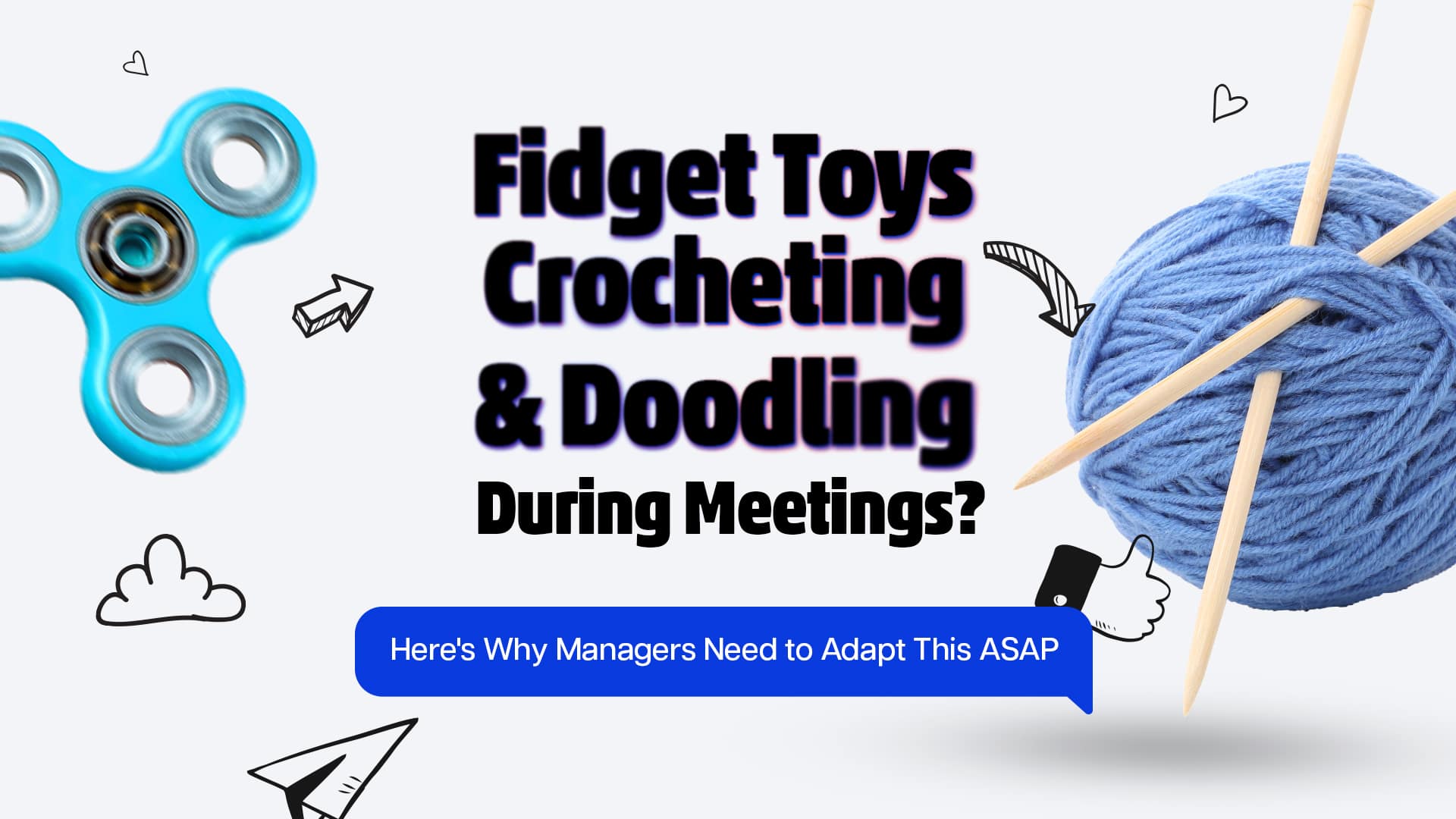As the workforce evolves, new strategies are being developed to maintain focus during meetings. Generation Z, in particular, is embracing tactile activities such as fidget toys, crocheting, and doodling to stay engaged during video meetings.
This trend has left managers struggling to accept these developments, especially during a difficult economy where focus is key. This blog will explore why managers need to adapt to the use of fidget toys and other physical movements during meetings.
The Benefits of Fidgeting:
Fidgeting has long been known to help people self-regulate, maintain focus and attention. Adults have been quietly doodling and flipping pens around their fingers during long meetings for years. Conference goodie bags often included stress balls to enhance attention. Studies show that fidgeting helps people maintain focus and attention. However, managers are still struggling to accept these behaviors in the workplace.
Adapting to Change:
Business psychologist James Bywater suggests that busy hands are better than employees clicking on apps and social media. Leaders need to help workers understand the appropriate use of fidget aids and when to use them. Workplace coaching can help iron out the fine points of company culture and team expectations. Meeting design is also essential, with all attendees being necessary, and meetings kept reasonably brief. By doing so, workers can be engaged without causing distractions or detracting from the meeting’s focus.
Conclusion:
Managers must adapt to this new strategy to ensure that employees maintain focus and attention during meetings. Providing guidance and setting appropriate boundaries while also incorporating physical movement into meeting design can improve overall engagement and productivity. It is essential to create an inclusive team culture that is tolerant and open to differences in meeting styles. By embracing change, companies can empower their workforce and stay competitive in a rapidly changing environment.










